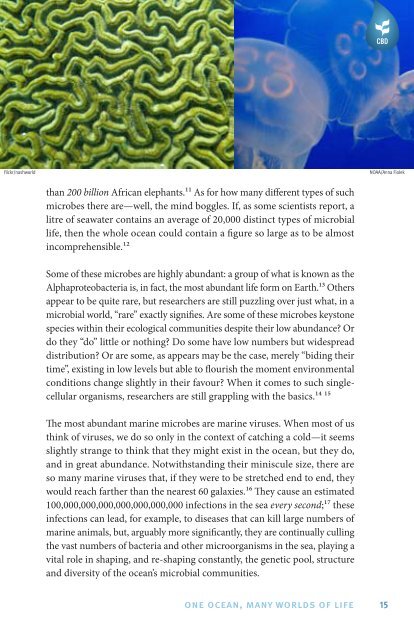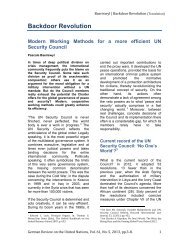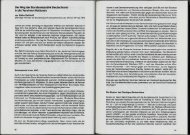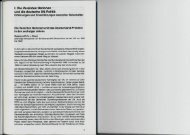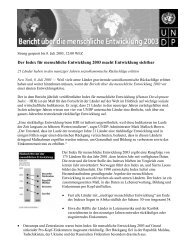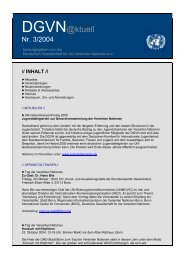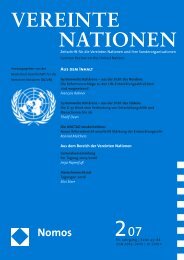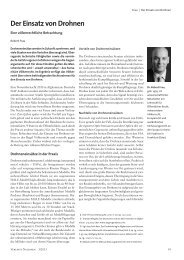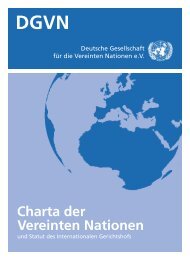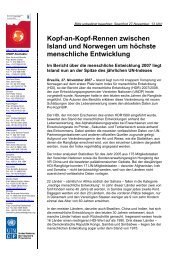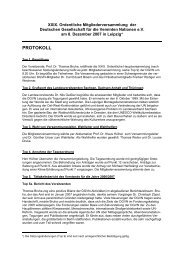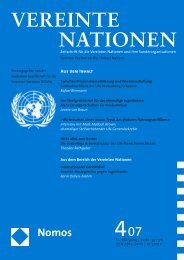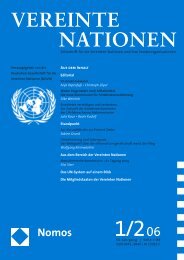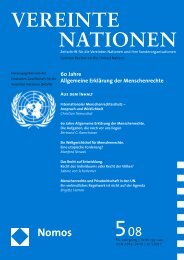One Ocean, Many Worlds of Life - Convention on Biological Diversity
One Ocean, Many Worlds of Life - Convention on Biological Diversity
One Ocean, Many Worlds of Life - Convention on Biological Diversity
You also want an ePaper? Increase the reach of your titles
YUMPU automatically turns print PDFs into web optimized ePapers that Google loves.
flickr/nashworld NOAA/Anna Fiolek<br />
than 200 billi<strong>on</strong> African elephants.11 As for how many different types <str<strong>on</strong>g>of</str<strong>on</strong>g> such<br />
microbes there are—well, the mind boggles. If, as some scientists report, a<br />
litre <str<strong>on</strong>g>of</str<strong>on</strong>g> seawater c<strong>on</strong>tains an average <str<strong>on</strong>g>of</str<strong>on</strong>g> 20,000 distinct types <str<strong>on</strong>g>of</str<strong>on</strong>g> microbial<br />
life, then the whole ocean could c<strong>on</strong>tain a figure so large as to be almost<br />
incomprehensible.12<br />
Some <str<strong>on</strong>g>of</str<strong>on</strong>g> these microbes are highly abundant: a group <str<strong>on</strong>g>of</str<strong>on</strong>g> what is known as the<br />
Alphaproteobacteria is, in fact, the most abundant life form <strong>on</strong> Earth.13 Others<br />
appear to be quite rare, but researchers are still puzzling over just what, in a<br />
microbial world, “rare” exactly signifies. Are some <str<strong>on</strong>g>of</str<strong>on</strong>g> these microbes keyst<strong>on</strong>e<br />
species within their ecological communities despite their low abundance? Or<br />
do they “do” little or nothing? Do some have low numbers but widespread<br />
distributi<strong>on</strong>? Or are some, as appears may be the case, merely “biding their<br />
time”, existing in low levels but able to flourish the moment envir<strong>on</strong>mental<br />
c<strong>on</strong>diti<strong>on</strong>s change slightly in their favour? When it comes to such singlecellular<br />
organisms, researchers are still grappling with the basics.14 15<br />
The most abundant marine microbes are marine viruses. When most <str<strong>on</strong>g>of</str<strong>on</strong>g> us<br />
think <str<strong>on</strong>g>of</str<strong>on</strong>g> viruses, we do so <strong>on</strong>ly in the c<strong>on</strong>text <str<strong>on</strong>g>of</str<strong>on</strong>g> catching a cold—it seems<br />
slightly strange to think that they might exist in the ocean, but they do,<br />
and in great abundance. Notwithstanding their miniscule size, there are<br />
so many marine viruses that, if they were to be stretched end to end, they<br />
would reach farther than the nearest 60 galaxies.16 They cause an estimated<br />
100,000,000,000,000,000,000,000 infecti<strong>on</strong>s in the sea every sec<strong>on</strong>d;17 these<br />
infecti<strong>on</strong>s can lead, for example, to diseases that can kill large numbers <str<strong>on</strong>g>of</str<strong>on</strong>g><br />
marine animals, but, arguably more significantly, they are c<strong>on</strong>tinually culling<br />
the vast numbers <str<strong>on</strong>g>of</str<strong>on</strong>g> bacteria and other microorganisms in the sea, playing a<br />
vital role in shaping, and re-shaping c<strong>on</strong>stantly, the genetic pool, structure<br />
and diversity <str<strong>on</strong>g>of</str<strong>on</strong>g> the ocean’s microbial communities.<br />
<str<strong>on</strong>g>One</str<strong>on</strong>g> <str<strong>on</strong>g>Ocean</str<strong>on</strong>g>, <str<strong>on</strong>g>Many</str<strong>on</strong>g> WOrlds Of life<br />
15


